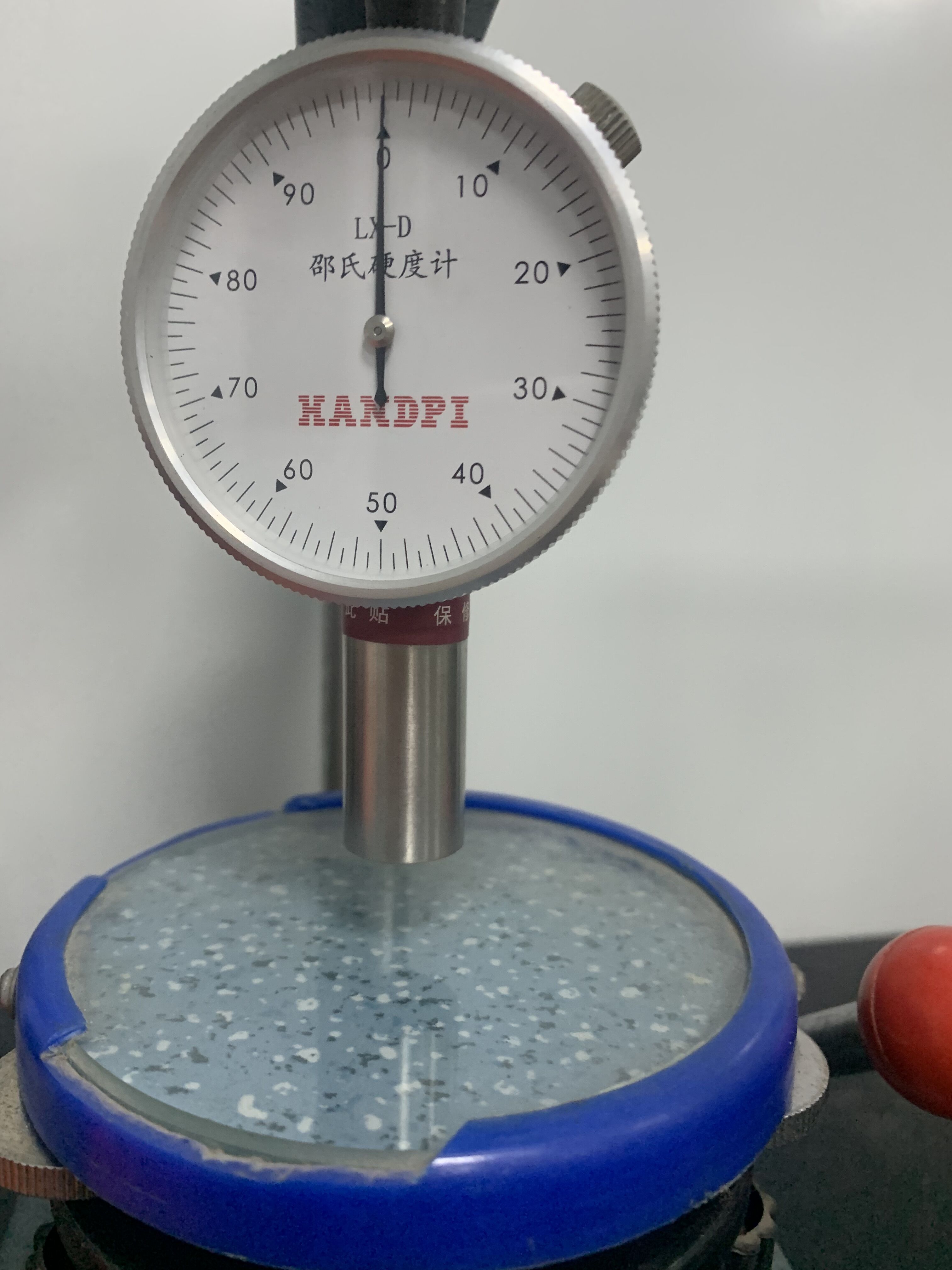What is Shore Hardness?
Shore hardness is a test and representation of material hardness, the ability to resist external forces pressed into the hardness (hardness refers to the ability of a material to resist local deformation, especially plastic deformation, indentation or scratches; it is a measure of the hardness and softness of the material), the size of the value reflects the degree of hardness and softness of the material, is generally used to measure the hardness of rubber, elastomers, and other soft materials measurement unit, engineering plastics and metal hardness is used Rockwell hardness as a measurement standard. Rockwell hardness as a measurement standard.
In hydraulic seals Shore A (the unit of measurement for elastomer hardness) and Shore D (the unit of measurement for high hardness elastomer hardness) are generally used.

Shore hardness measurement method:
In determination with the shore hardness tester, the hardness tester’s pressure needle was pressed on the specimen’s surface, and the pressure needle’s depth was measured. The deeper the needle is pressed into the specimen, the lower the hardness is, and the tester’s needle directly shows the rubber’s hardness. Shore hardness is divided into four types: Type A, Type B, Type C and Type D. Type A is used to measure soft rubber, Type C and Type D are used to measure semi-hard and hard rubber, and Type A, B, C and D are used to measure plastics.
Note: When the use of A-type, the determination of material hardness value more than 95% of the range, it is necessary to change to D-type; when the D-type hardness value of more than 95% of the range, the Brinell or Rockwell hardness method of measurement, otherwise the accuracy is not high. HSA is commonly used in soft plastics and rubbers, HSD is widely used in hard plastics and rubbers, and an HSC is not very widely used.
The relationship between the hardness value and the material?
The shore hardness tester measures the value of the readings; its unit is “degrees” The description of the method is divided into two kinds of A D, respectively, representing a different range of hardness, 90 degrees below the Shore A hardness tester test and data, 90 degrees and above the Shore D hardness tester test and data, so, in general for a rubber or plastic products testing, testers can make pre-test prediction based on experience to decide whether to test with Shore A hardness tester or Shore D hardness tester. For a rubber or plastic product, during the test, the tester can predict the test according to the experience to decide whether to use a Shore A hardness tester or a Shore D hardness tester to carry out the test. Testers can directly determine the Shore A hardness tester test, such as stationery glue bottles, TPU plastic film bags, and other products, for general feel-flexible or soft products. No elasticity or hardness can be tested with a Shore D hardness tester, such as PC ABS PP and other products. If the degree is Shore Axx, the hardness is not high. If it is Shore Dxx, its hardness is relatively high.
How to choose the hardness of hydraulic seals?
Choosing the correct material hardness can better enhance the sealing performance of the hydraulic seals. The lower the general hardness of the seals, the better the elasticity of the seals and the better the performance. As the elastomer in the hydraulic seals, the higher the hardness of the high-pressure performance is better, but the resistance to low-pressure leakage performance of low hardness products, hardness is low resistance to low-pressure leakage of good compressive performance, but poor anti-high-pressure performance. Also, look at the grooved finish; low finish requires low product hardness to have better sealing performance; the higher the finish, the better the anti-leakage, and the better the sealing performance.
If you need help choosing the hardness of your seal, contact the TYS technical team to help you analyze and provide a customized sealing solution.
